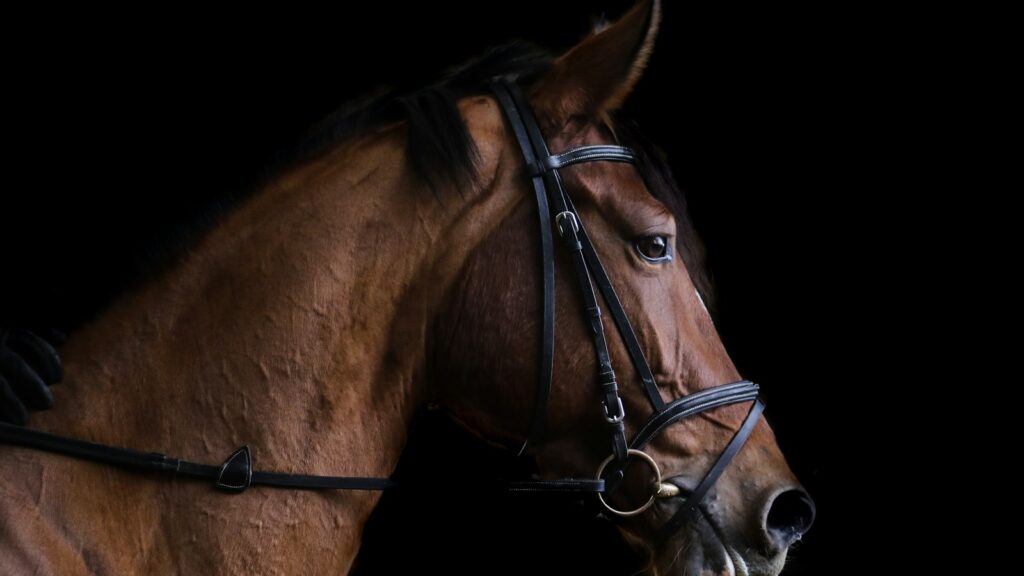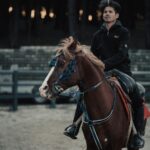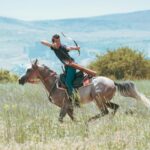The relationship between horse enthusiasts and riding schools often resembles a complex tapestry of emotions, expectations, and experiences. For many equestrians, riding schools represent a sanctuary of learning and community, providing structured environments where they can develop their skills under expert guidance. For others, however, these same institutions may feel restrictive, impersonal, or misaligned with their riding philosophy. This divide isn’t simply a matter of preference—it often reflects deeper aspects of learning styles, personal goals, and even psychological factors that influence how riders connect with horses and equestrian education. Whether you’re considering joining a riding school, wondering why your experiences differ from fellow riders, or simply curious about this equestrian dichotomy, understanding the various perspectives can illuminate why riding schools inspire both devotion and disenchantment among horse lovers.
The Structured Learning Advantage
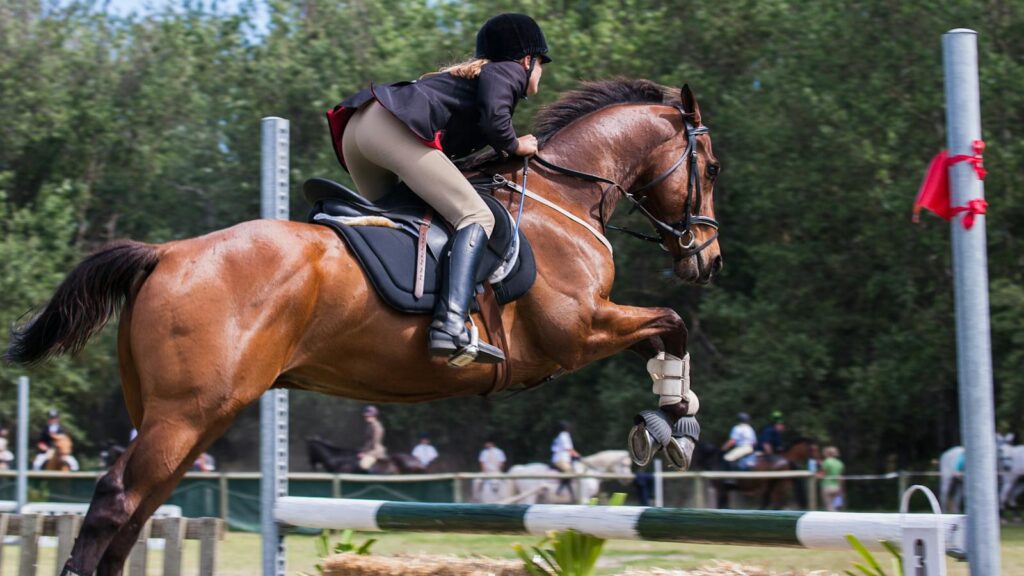
For many riders, particularly beginners and those seeking to refine specific techniques, the methodical approach of riding schools provides an invaluable framework. These institutions typically offer progressive lesson plans that build skills systematically, allowing riders to track their improvement through clear benchmarks and advancement criteria. The presence of qualified instructors ensures that fundamental techniques are taught correctly from the start, preventing the development of bad habits that might be difficult to correct later. Many riders thrive under this structured approach, appreciating the clarity of goals and the satisfaction of measurable progress. Additionally, the regular schedule of lessons creates accountability and consistency that helps maintain momentum in skill development, particularly beneficial for those who might otherwise struggle with self-directed practice.
The Quest for Authentic Connection
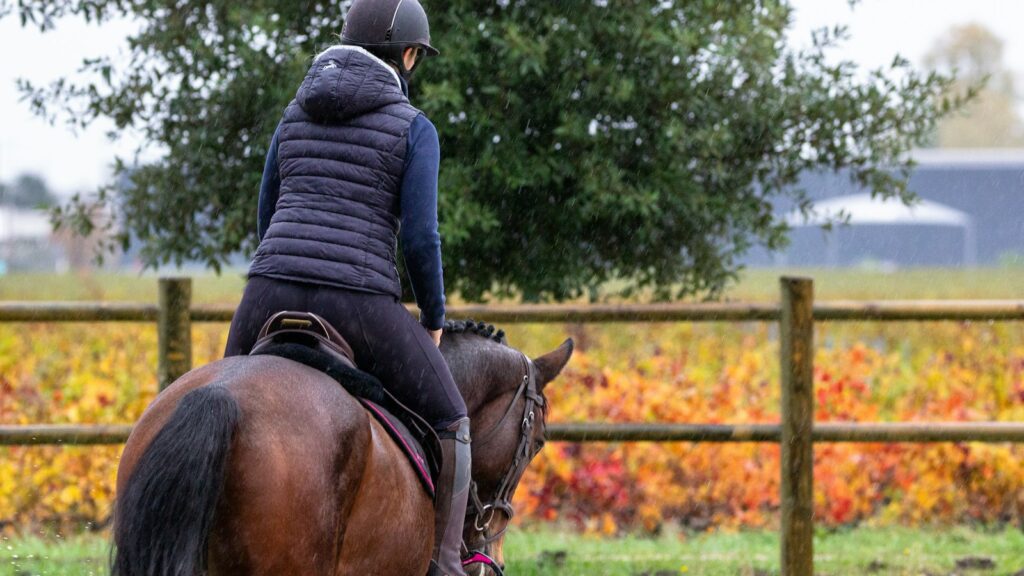
Riders who find themselves disenchanted with riding schools often cite the limited opportunity to develop deep bonds with the horses as their primary concern. In many schools, students rotate between different mounts, preventing the formation of the intimate horse-rider relationships that many equestrians value deeply. This rotation system, while practical for school operations and beneficial for developing adaptable riding skills, can feel emotionally unfulfilling for those who view horsemanship as primarily a relationship-building journey. Some riders report feeling like they’re operating machinery rather than partnering with a sentient being when their time with each horse is so limited and prescribed. For these individuals, private ownership or lease arrangements where they can work consistently with the same horse often provides a more satisfying experience, even if it means slower technical progress in some areas.
Financial Considerations and Accessibility

The economic aspect of riding school participation plays a significant role in riders’ perceptions and experiences. For many, riding schools represent the most affordable entry point into an otherwise prohibitively expensive sport, offering access to horses, equipment, and instruction without the substantial investment of private ownership. These riders often express profound gratitude for schools that make their equestrian dreams possible through reasonable lesson rates and inclusive programs. Conversely, others feel that the cumulative cost of lessons represents poor value compared to leasing or even ownership options, particularly when considering the limited riding time and restricted access to horses outside of formal lessons. This perspective tends to be more common among more advanced riders who desire greater saddle time and freedom to progress at their own pace, illustrating how financial considerations intertwine with riding goals and experience levels.
The Social Environment Factor
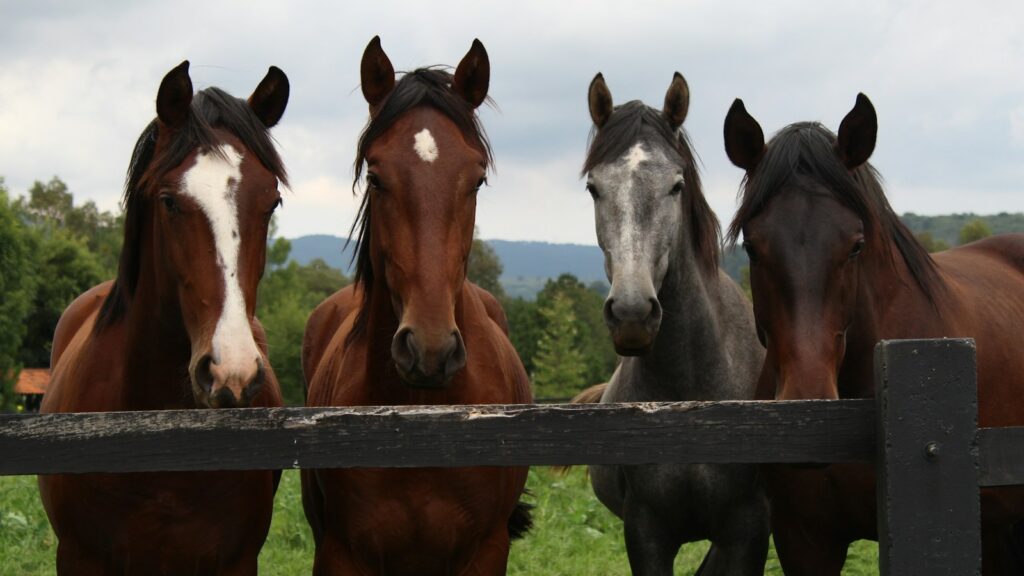
The community aspect of riding schools elicits perhaps the most polarized responses among equestrians. For many riders, the social environment of a riding school provides a cherished sense of belonging among like-minded individuals who share their passion. These riders value the camaraderie of group lessons, the shared experiences during shows and events, and the supportive network that celebrates achievements and offers encouragement through challenges. Friendships formed in these settings often extend beyond riding activities, creating a social circle united by equestrian interests. However, other riders report feeling uncomfortable with the competitive atmosphere or cliquish dynamics that can develop in some school environments, particularly those with a heavy focus on showing or specific disciplines. For introverted riders or those who view their equestrian journey as a personal rather than communal experience, the social intensity of some riding schools can feel overwhelming rather than supportive.
Teaching Philosophies and Their Impact

The pedagogical approach employed by riding schools significantly influences rider satisfaction, often determining whether a student thrives or withdraws. Schools that embrace diverse learning styles—incorporating visual demonstrations, verbal instructions, and kinesthetic guidance—tend to satisfy a broader range of students than those rigidly committed to a single teaching method. Riders who feel their learning preferences are acknowledged and accommodated typically report more positive experiences, regardless of the specific discipline or traditions being taught. Beyond learning styles, philosophical differences regarding horsemanship—from traditional command-based approaches to more partnership-oriented natural horsemanship—create stark divides in rider satisfaction. A rider seeking gentle, relationship-based training methods will likely feel alienated in a school emphasizing more conventional, discipline-focused techniques, while riders valuing traditional horsemanship may find more progressive approaches lacking in structure or authority.
The Quality and Suitability of School Horses
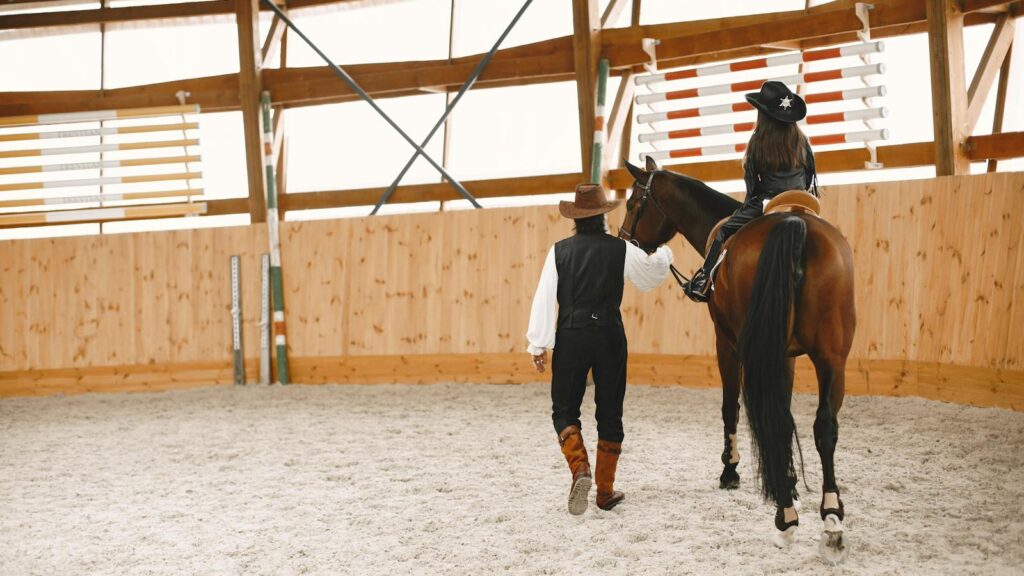
Perhaps no factor more directly influences a rider’s experience than the horses themselves, with the quality, temperament, and suitability of the school’s equine teachers leaving an indelible impression. Schools with well-trained, sound, and appropriately matched horses for different rider levels tend to receive glowing reviews, even when other aspects might be less than ideal. Riders value mounts that challenge them appropriately without overwhelming their confidence, allowing them to experience both success and growth opportunities during lessons. Conversely, schools struggling with overworked, poorly trained, or inappropriate horses for specific lesson levels often leave riders feeling frustrated, unsafe, or unable to progress regardless of instruction quality. Many riders who depart riding schools cite concerns about horse welfare, sensing that the animals seem unhappy, overused, or inadequately cared for, reflecting how deeply the ethical treatment of lesson horses affects rider satisfaction and trust in the institution.
Specialization versus General Horsemanship
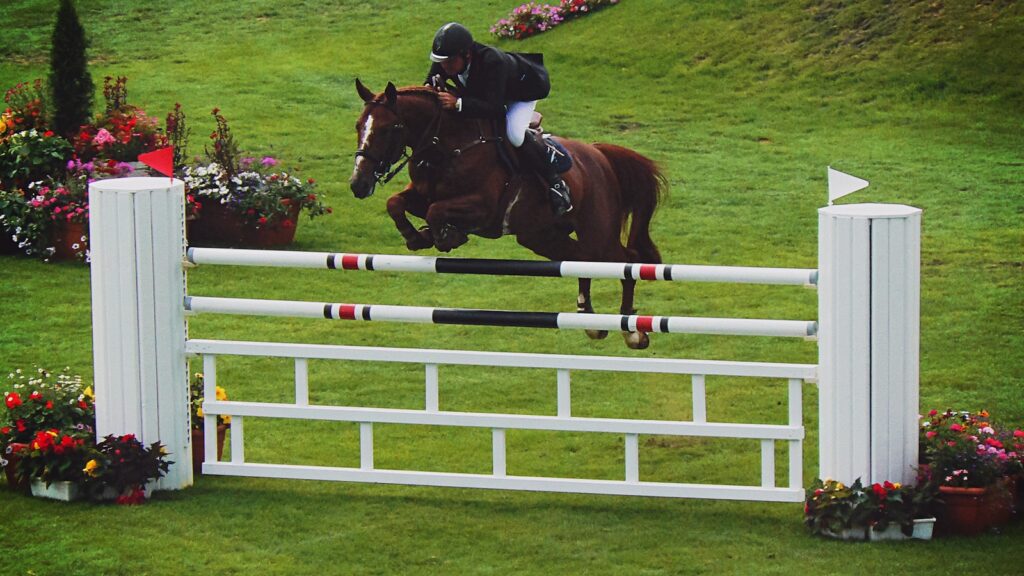
The focus and breadth of instruction offered creates another significant divide in rider preferences regarding schools. Some riders specifically seek schools specializing in their discipline of interest, whether dressage, jumping, western performance, or eventing, valuing the depth of expertise and focused training these specialized environments provide. These specialized schools often attract serious competitors or those with specific performance goals who appreciate immersion in their chosen discipline’s techniques, culture, and community. Conversely, riders interested in developing broad horsemanship skills often prefer schools offering diverse experiences across multiple disciplines, believing this creates more well-rounded equestrians and prevents premature specialization. Many adult riders, particularly those riding primarily for pleasure rather than competition, express preference for schools teaching fundamental horsemanship alongside riding skills—covering care, behavior, and horse management rather than focusing exclusively on riding techniques.
Facility Quality and Horse Management Practices
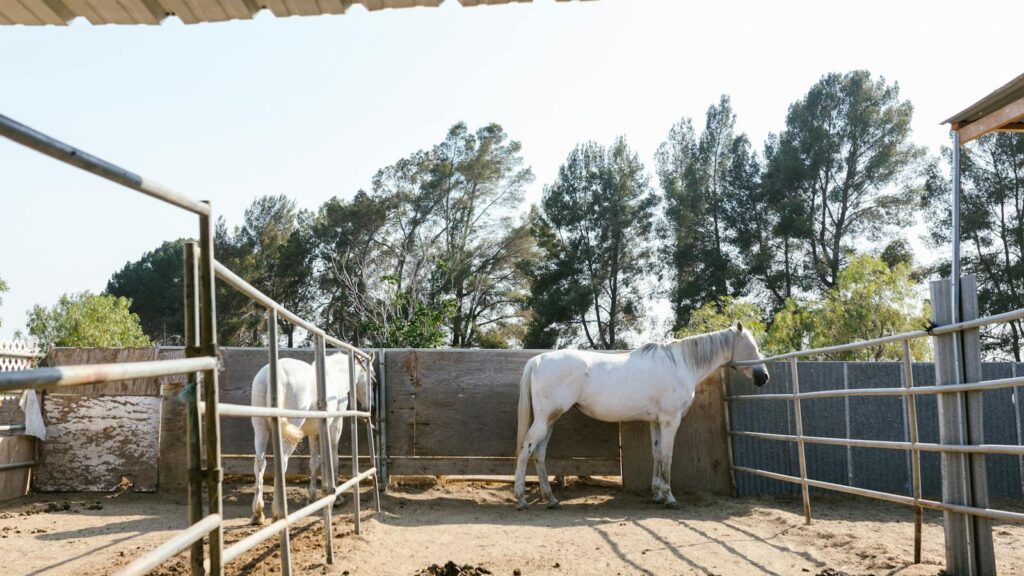
The physical environment and operational practices of riding schools significantly influence rider perceptions, often reflecting the establishment’s underlying values and priorities. Schools maintaining immaculate facilities with thoughtful designs prioritizing horse welfare, rider safety, and learning optimization typically attract riders who value professionalism and high standards. These environments, featuring good footing, proper ventilation, appropriate turnout, and well-maintained equipment, communicate respect for both horses and clients through their attention to detail. Beyond aesthetics, riders increasingly scrutinize horse management practices, with many preferring schools demonstrating progressive approaches to equine care—including adequate turnout time, appropriate feeding practices, considerate scheduling preventing overwork, and thoughtful training methods. Riders sensitive to animal welfare concerns often report disconnecting from schools where horses appear to be treated as tools rather than partners, regardless of the quality of instruction offered.
The Challenge of Mixed-Level Group Lessons
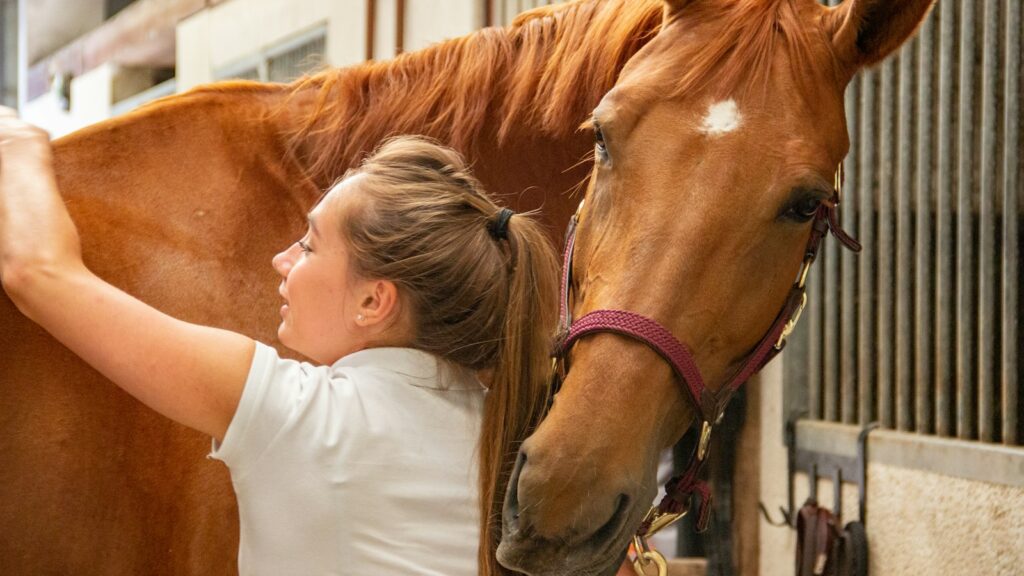
One common point of contention among riding school participants revolves around the practice of grouping riders of different experience levels together for economy and scheduling convenience. Riders finding themselves either significantly more advanced or noticeably less experienced than others in their group frequently report frustration with the pace and focus of instruction. More advanced riders often feel held back or bored when basic concepts must be repeatedly explained to beginners, while novices may feel intimidated, rushed, or inadequate when trying to keep up with more experienced groupmates. This challenge becomes particularly pronounced in schools where economic pressures necessitate maximizing class sizes, sometimes at the expense of appropriate skill-level grouping. However, some schools have successfully implemented peer-learning approaches where mixed-ability groups actually enhance the experience, with more advanced riders developing leadership and communication skills while beginners benefit from multiple models and explanations.
Progression Opportunities and Advanced Training
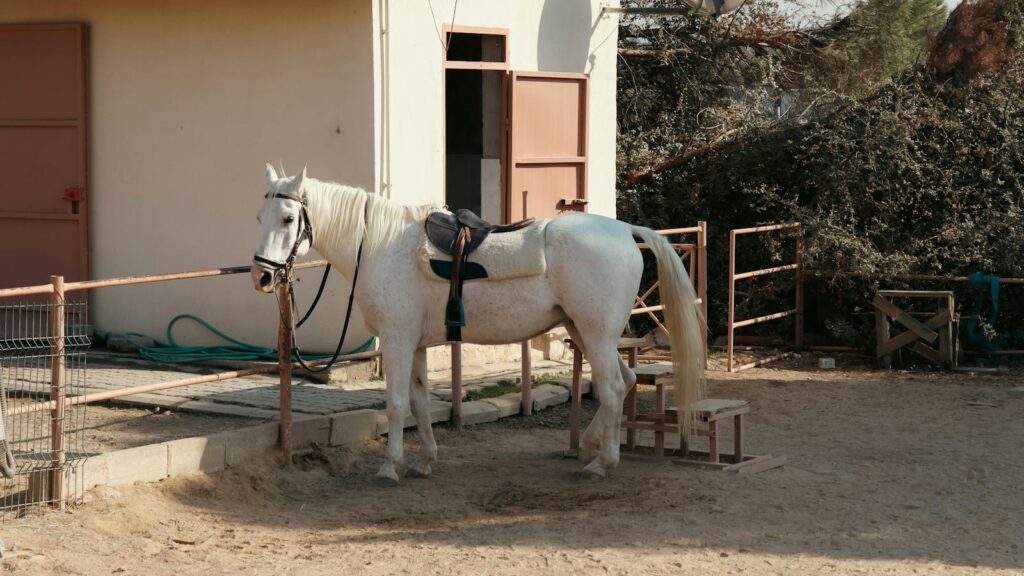
The ceiling of advancement possibilities within a riding school significantly impacts long-term rider satisfaction, particularly for dedicated equestrians seeking continuous growth. Schools offering clear progression paths—from beginner lessons through advanced training, specialized clinics, competitive opportunities, and even instructor certification programs—tend to retain passionate riders longer than those with limited advancement options. Ambitious riders value schools that provide bridges to higher-level opportunities, whether through connections with professional trainers, participation in recognized competitions, or access to exceptional schoolmaster horses capable of teaching advanced techniques. Conversely, riders frequently cite “outgrowing” their riding schools as a primary reason for moving toward private training or horse ownership, particularly when they perceive they’ve reached the limits of what the school’s horses or instructors can help them achieve. This trend underscores the importance of schools establishing relationships with higher-level training operations that can provide next steps for their advancing students.
The Impact of Instructor Personality and Teaching Style
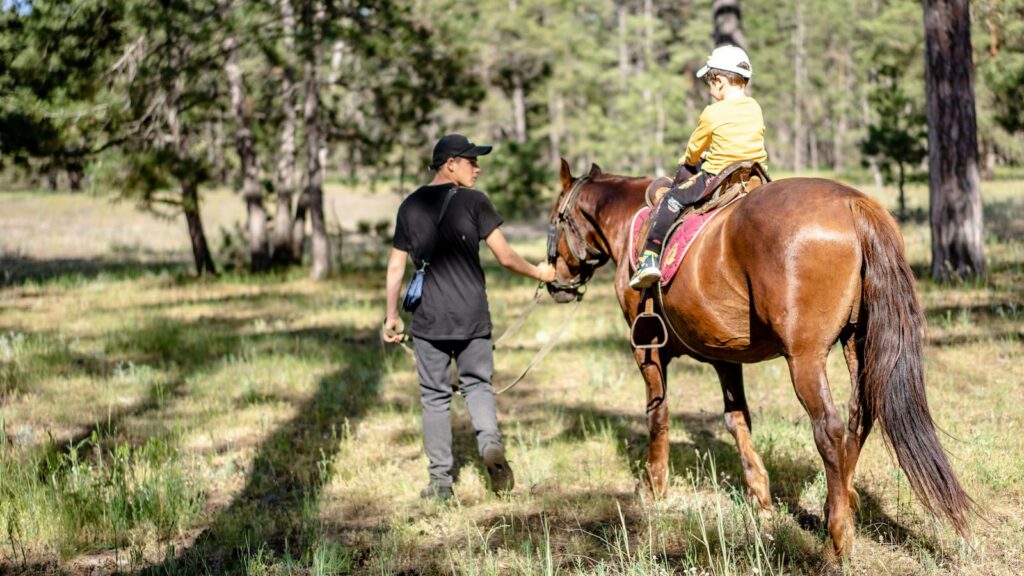
Beyond technical expertise, the interpersonal dynamics between instructors and students profoundly shape riding school experiences, often determining whether riders remain engaged or seek alternatives. Instructors who combine technical knowledge with emotional intelligence—reading students’ confidence levels, adjusting approaches to match learning styles, and balancing challenge with encouragement—typically inspire strong loyalty among their students. Many riders report staying with schools despite other drawbacks primarily because of their connection with a particular instructor who understands their goals and learning needs. Conversely, even technically brilliant instructors who lack interpersonal skills, demonstrate impatience, communicate poorly, or employ intimidating teaching methods frequently drive riders away regardless of their expertise. This relationship quality proves especially important for anxious riders, returning adults, and children, who often require more emotional support alongside technical instruction to develop confidence and skills.
Balancing Safety Protocols with Riding Freedom
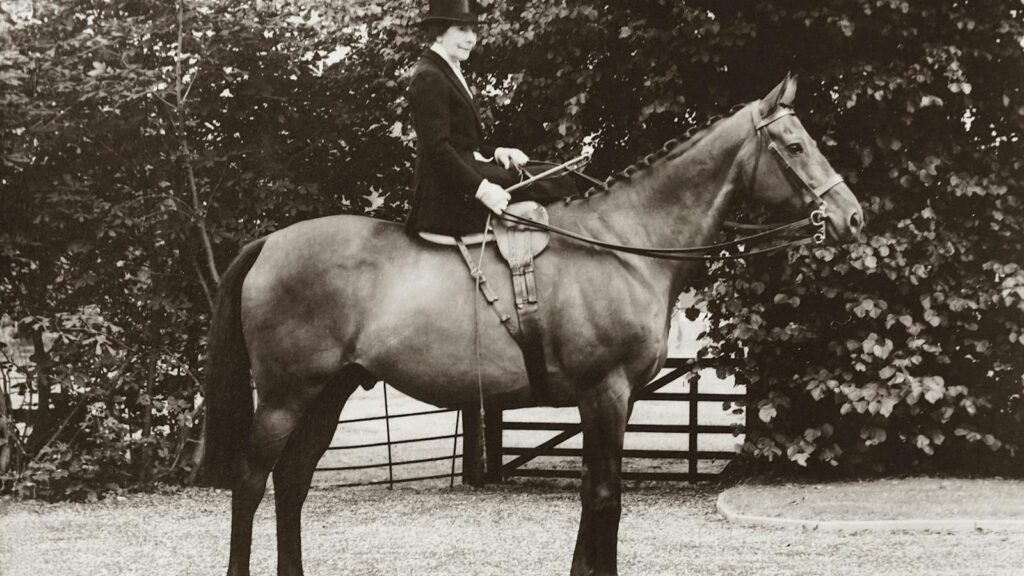
The tension between necessary safety measures and the desire for authentic riding experiences creates another divisive factor in riding school satisfaction. Schools must implement comprehensive safety protocols to manage liability concerns and protect vulnerable beginners, including restrictions on unsupervised riding, limitations on challenging activities, and strict procedural requirements. While many riders—particularly parents of young riders and those returning after injuries—appreciate these protective measures, others find them excessively restrictive and detrimental to developing the independence and judgment essential to real-world horsemanship. More experienced riders sometimes describe feeling infantilized by overly protective environments that prevent them from learning through reasonable risk-taking and decision-making. Progressive schools addressing this tension have developed tiered systems where riders can “earn” greater independence and responsibility through demonstrated competence, satisfying both safety requirements and the natural desire for increasing autonomy as skills develop.
Finding the Right Fit: Personalized Riding Education
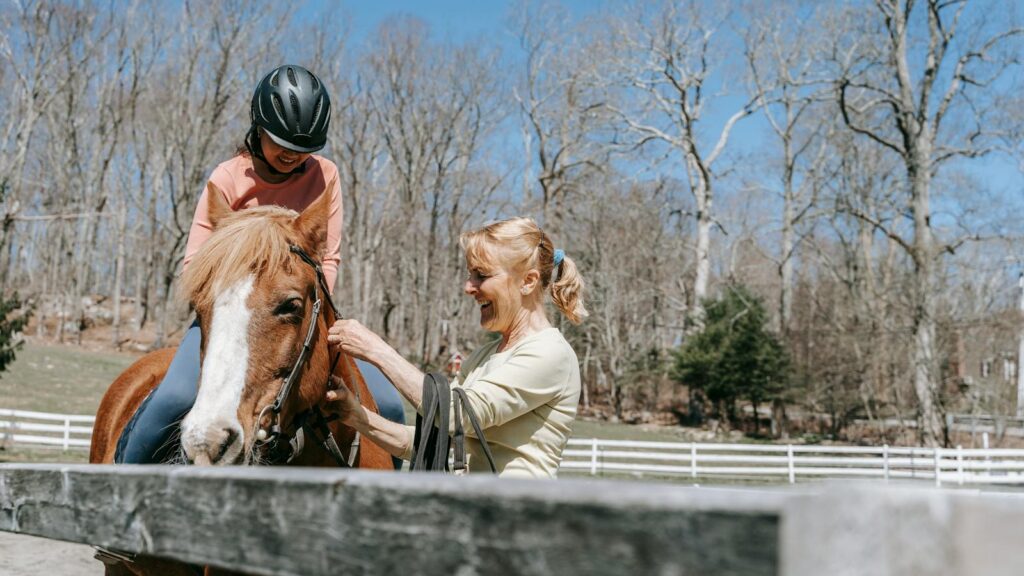
The diversity of rider experiences ultimately highlights that no single approach to equestrian education serves all riders equally well. Thoughtful riders increasingly recognize the importance of finding schools aligned with their individual learning styles, horsemanship philosophies, goals, and temperaments rather than simply choosing based on convenience or cost. Many successful equestrians describe sampling multiple schools before finding their ideal match, emphasizing the importance of honest self-assessment regarding personal preferences and needs. The expanding variety of riding education models—from traditional lesson programs to natural horsemanship centers, working student opportunities, and hybrid approaches combining group and private instruction—provides more options than ever for riders seeking their ideal learning environment. This evolution acknowledges that the “right” riding school experience depends less on objective quality measures and more on the alignment between the school’s approach and the individual rider’s unique equestrian journey.
Conclusion: The Personal Nature of Equestrian Education
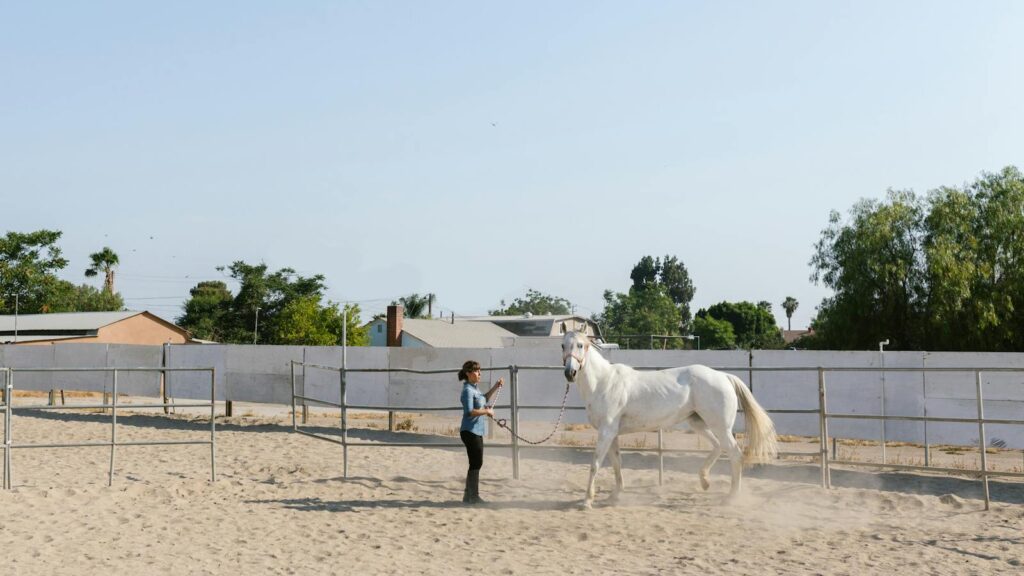
The polarized perspectives on riding schools ultimately reflect the deeply personal nature of the human-horse connection and the diverse paths individuals take in pursuing this relationship. Neither the enthusiastic advocates nor the disillusioned critics of riding schools are wrong in their assessments; they simply represent different points on the spectrum of equestrian learning preferences and priorities. The most successful riders recognize that their educational needs may evolve over time, sometimes benefiting from the structure and community of riding schools and other times requiring the freedom and intimacy of independent arrangements. Many find that a combination approach—supplementing school lessons with clinics, workshops, or occasional private training—provides the ideal balance of guidance and autonomy. As the equestrian education landscape continues diversifying, riders have unprecedented opportunities to customize their learning journeys, creating personalized approaches that honor both timeless horsemanship traditions and their own unique relationships with these magnificent animals.

